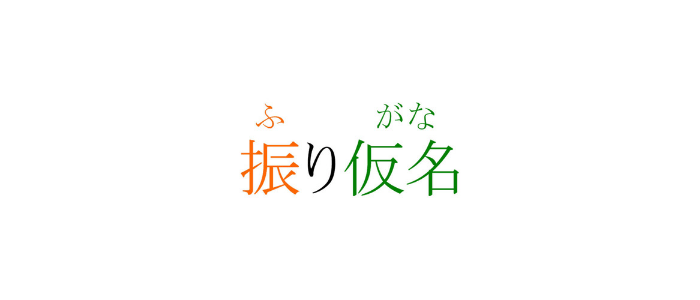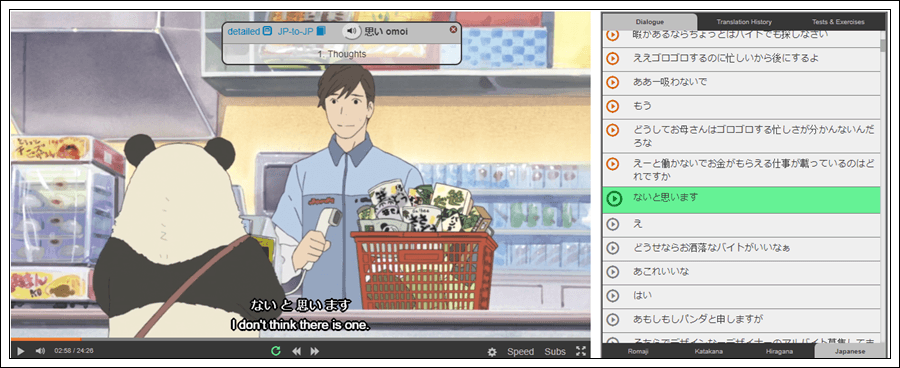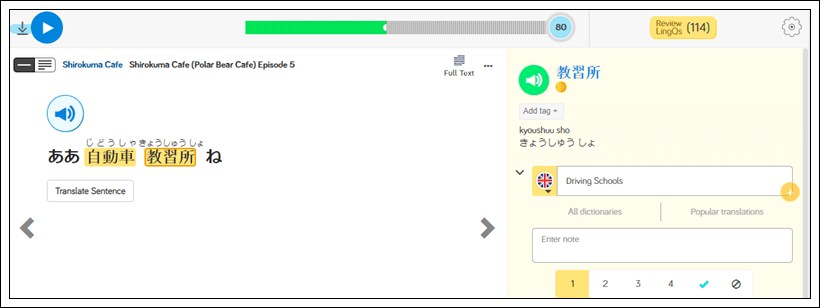Tips and Resources for Reading Kanji
Learning a new language can be difficult, especially if you are older and have a lot going on in your life. Making time, making it fun, and setting small goals will go a long way. When it comes to Japanese, the language has a much different set of characters compared to the English alphabet. It may seem daunting at first, but anyone can learn Japanese, and that includes reading Kanji. The following post will give you some tips and a few resources that can help.
Where do I start?
Japanese has its own writing system known as Hiragana and Katakana as well as Kanji, which comes from Chinese characters. Hiragana and Katana each have 46 “letters” and are based on a phonetic lettering system. Katakana is used for spelling out foreign words or names and Hiragana is used for Japanese vocabulary. Here is an example.
ハンバーガー Hamburger (foreign word) written in Katakana
ひらがな Hiragana (Japanese word) written in Hiragana
Notice how the ga (ガ vs が) is similar in Katakana and Hiragana. These two systems are the basis of Japanese. Choosing the path that’s easiest for you will help boost your confidence. Here are the basic vowels.
Katakana: A ア I イ U ウ E エ O オ
Hiragana: A あ I い U う E え O お
Now let’s add Kanji to the mix:
すし or 寿司 Sushi
わさび or 山葵 Wasabi
さけ or 酒 Sake

Text and type in Japanese, even if it’s a few words a day
Enabling a Japanese keyboard in your cellphone can help you autocorrect words when you are starting out and can be useful. Chat with some friends in Japanese. Even if you make mistakes (which you will) the more you can incorporate reading Kanji into your daily life, the faster you’ll learn.
Read, read, and keep reading Kanji
Learning phrases that are relevant to your basic needs is a good start. Thinking about eating, traveling, or asking for directions. Maybe you’ll need vocabulary and phrases like these in the future.
Restaurant レストラン
Menu メニュー
Beer ビール
Cocktail カクテル
Water 水
Juice ジュース
Coffee コーヒー
Tea お茶
Bathroom お手洗い
Convenient Store コンビニエンスストア or コンビニ (shortened)
Apartment アパート
Bus Stop / Bus Terminal バス停 or バスターミナル
Subway ちかてつ or 地下鉄
Station 駅
Taxi タクシー
Some signs use Kanji, some signs only use Hiragana and Katakana, and most use a mix of everything. The benefit of reading Kanji is that it makes sentences shorter, even though the characters are challenging to memorize. Don’t fret, all learners start somewhere. Manga, or Japanese comic books are a great way to start reading because the they include furigana, which are hiragana and katakana translations on top of the Kanji characters.

You can also check out Polyglot Steve Kaufmann’s video on how he recommends learning Kanji through LingQ.

Choose to read interesting content
Picking something you are interested in increases your chances of remembering what you read. Anime, TV shows, and movies with transcripts and Japanese subtitles allow us to read sentences that occur in everyday conversation.
One site I highly recommend is Animelon, which includes the Japanese subtitles for each anime. You can follow along and easily pause each video to look up the word.

However, Animelon lacks the dictionary resources LingQ has to offer (such as flashcards, being able to highlight phrases, and such) and Animelon isn’t really optimized for mobile. That’s why using LingQ is the best way to learn Japanese, you can import content you love and create lessons that are easy to read and listen to for both desktop and mobile.
Here’s what it looks like:

You get both the audio and transcript stored into one platform to help you read Kanji easier. Also, you can enable LingQ to add Furigana to all your Kanji!

You can import other content to help improve your reading skills from Viki, YouTube, podcasts, and much more. For the complete guide on importing, you should check out this post.
Using different media makes learning fun. Turning casual situations into lessons, reading menus from at a Japanese restaurant, and so on is a great way to keep your Kanji skills up do date.
Be Patient
There are over 2000 Kanji characters used in the Japanese language. However, making a small goal each day goes a long way (also, you don’t need to learn how to write them which is a huge bonus).
With any language, patience is needed. It’s perfectly normal to struggle at first but as I mentioned, the more you read using content you enjoy and being able to incorporate Kanji into your daily life (like writing in Japanese on your Facebook wall for example) you’ll progress faster. It also won’t feel like your studying too!
Stay Genki and good luck!
